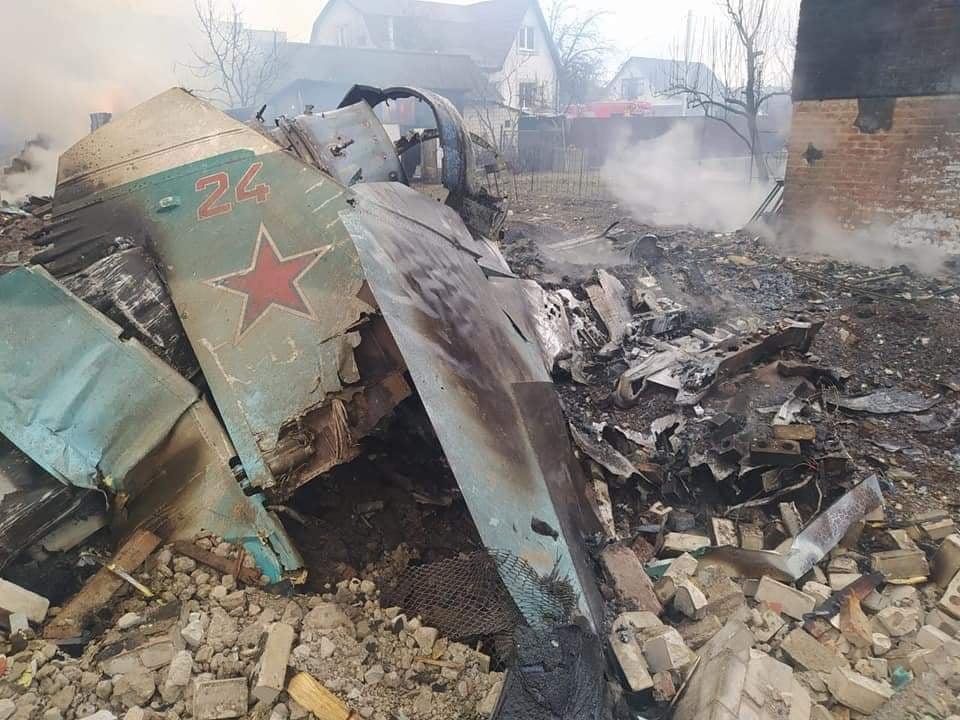Since the beginning of the Russian offensive against Ukraine, the armies of the Kremlin have been closely observed by military specialists. This is, in fact, the first massive deployment of these armies since the invasion of Georgia in 2008, an operation which revealed many serious shortcomings within them. However, as in 2008, it appears that the Russian Armies are the subject of significant difficulties, even though the reforms of 2008 and 2012 were designed specifically to correct them and bring the Russian Armies to a much higher operational standard than that observed in the field. Under these conditions, and in view to the observations made on the Ukrainian theater, must we admit that the Russian armies had been over-evaluated both by the Russian General Staff and by the Westerners? And if this is the case, what could be the reasons for these numerous failures observed?
The effort to modernize the Russian armies since 2008
At the beginning of the 2010s, the Russian armies were considered, in the conventional field, as significantly inferior in capabilities and from a technological point of view compared to Western standards. At that time, only 35% of the equipment in service was considered modern by the Russian General Staff, including in certain critical areas such as deterrence or the air force. Not only was most of the equipment inherited from the Soviet era and had been modernized only slightly, but the Russian units themselves suffered from major failures and deteriorated operational capabilities. And if these had recorded certain successes, as in 2014 in the Crimea, or in 2015 in the Donbass, they still showed certain limits when they had to confront modern capacities, as was the case in 2015 at the beginning of the operation in Syria.

It was precisely to make up for these shortcomings that the General Staff and the Russian Defense Ministry, largely supported by the Kremlin, implemented several ambitious reforms, such as that of 2008 and then that of 2012. to modernize the equipment in service within the forces, with the arrival of new equipment both in the land domain (T80BVM and T72B3 tanks), in the air domain with the Su-34 fighter bombers and the Su-35 air superiority fighter , as well as new combat ships with new submarines (Iassen-M, Improved Kilo) and new corvettes and frigates; but also to give the armies a homogeneity comparable to that observed in Western armies, by accelerating the professionalization of the forces.

75% of this article remains to read,
Subscribe to access it!
The Classic subscriptions provide access to
articles in their full version, and without advertising,
from 6,90 €.
Newsletter subscription
Register for the Meta-Defense Newsletter to receive the
latest fashion articles daily or weekly

